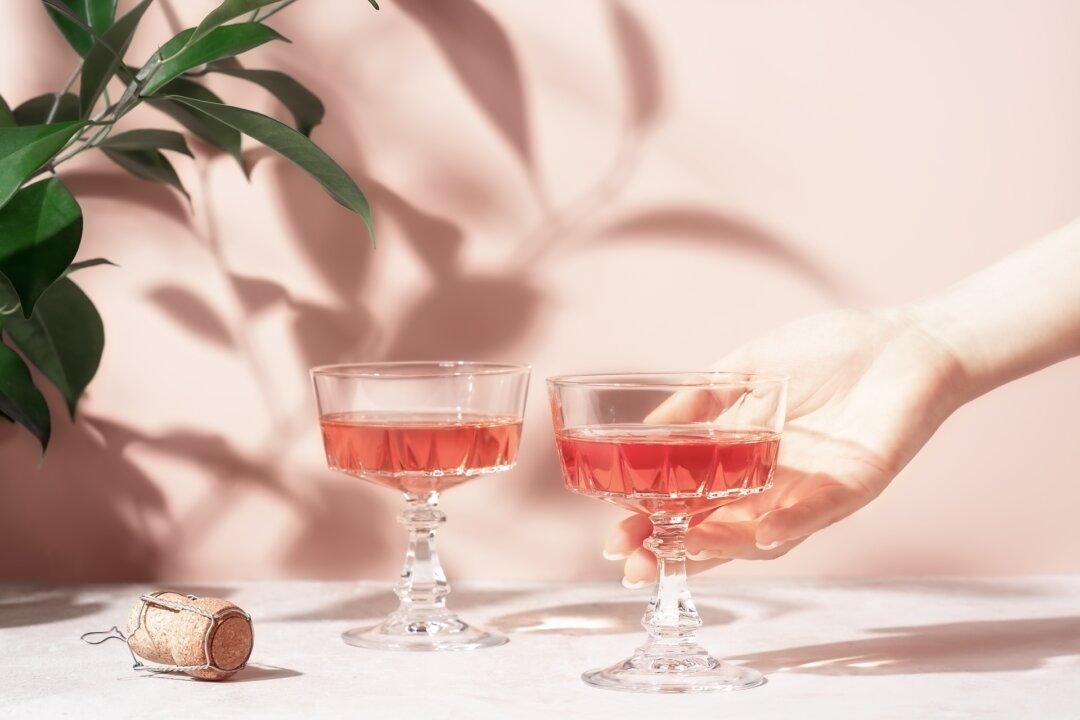A century ago, many of the finest French red wines were known to improve after they had been aged for a decade or more in a cool cellar. The main reason was that the wines were basically undrinkable when they were young.
Winemaking back then was fairly rudimentary and the astringency that developed in such reds was due to the combination of acidity and tannin that then was basically unavoidable after the fruit was picked at optimum flavor development.
Over time, things changed and the style of red wine we began to make after about 1970 needed less time in the cellar. And in the last 30 years, that style moved far away from mandatory aging of red wines to a drink-soon beverage.
Cabernet sauvignon in particular was a wine that consumers began to drink widely, even though before the 1970s many red wines were still a bit heavy and astringent to drink young.
By 2000 in California, the earlier style of cabernet had been all but abandoned. In today’s world, some of these earlier wines began to be seen as ancient history. Some people derisively called these wines “old reds” and disparaged them.
However, there are people among us who cherish these mature survivalists of the former era in winemaking. Although older bottlings of the earlier period of elegance and wine/food compatibility are becoming hard to obtain and expensive, tastings of these well-developed examples always bring together some of the most dedicated wine collectors.
Early in June this year, two dozen such people gathered at two outrageous private events in the Napa Valley staged by a Hawaiian wine collector by the name of Chris Clever, who began collecting older California wines decades ago.
His collection includes wines that were designed to be aged and then were perfectly stored. Both criteria are necessary if a red wine is to survive long aging in a cellar. Clever invited several friends who absolutely would appreciate maturity.
Among those who attended this series of tastings and dinners were winemakers Dr. Richard Peterson, Bernard Portet, and Rob Davis; winery executive Michael Mondavi, and chef/vineyard owner Narsai David.
The significant aspect of this series of events, which included a remarkable collection of older wines from Clever’s cellar, was not only that every bottle displayed remarkable characteristics of mature fruit and complexity. Also amazing was that the wines all validated the concept that for a red wine to take on classic proportions in a wine cellar, the grapes must be harvested earlier than they are being picked today.
Almost every wine we tried displayed a label that showed it had less than 13.5 percent alcohol! And the rare bottle that showed nearly 14 percent usually was described by the experts as being from a warm vintage.
I attended each of the events and can attest to the fact that the wines were all in perfect condition, and several of the wines tasted perfectly fine the next day!
At one of the tastings, several of the bottles of very old wines from the 1960s and 1970s were contributed by host Beaulieu Vineyard, the preeminent cabernet producer during that period.
BV’s winemaker at the time they were made was the great Andre Tchelistcheff. His name and legacy were invoked often during the events. Andre’s protégé, Rob Davis, spoke of the maestro’s tactics in making wins of utter balance and structure.
Many of those in attendance pointed out that today’s red wines simply do not have the precision, either from the vineyard or in their winemaking, to last beyond a few years in the bottle. Most of the experts pointed out that the alcohol levels in today’s cabernets are simply too high for the wines to age the way the cabs from the 1960s and ‘70s developed.
It really is not possible to find very many cabernets today that are made the way they were 30 and 40 years ago, and as a result most of the cabernets on the shelf today are ideal for consuming extremely soon. Aging of such wines usually leads to disappointment.
No Wine of the Week.





